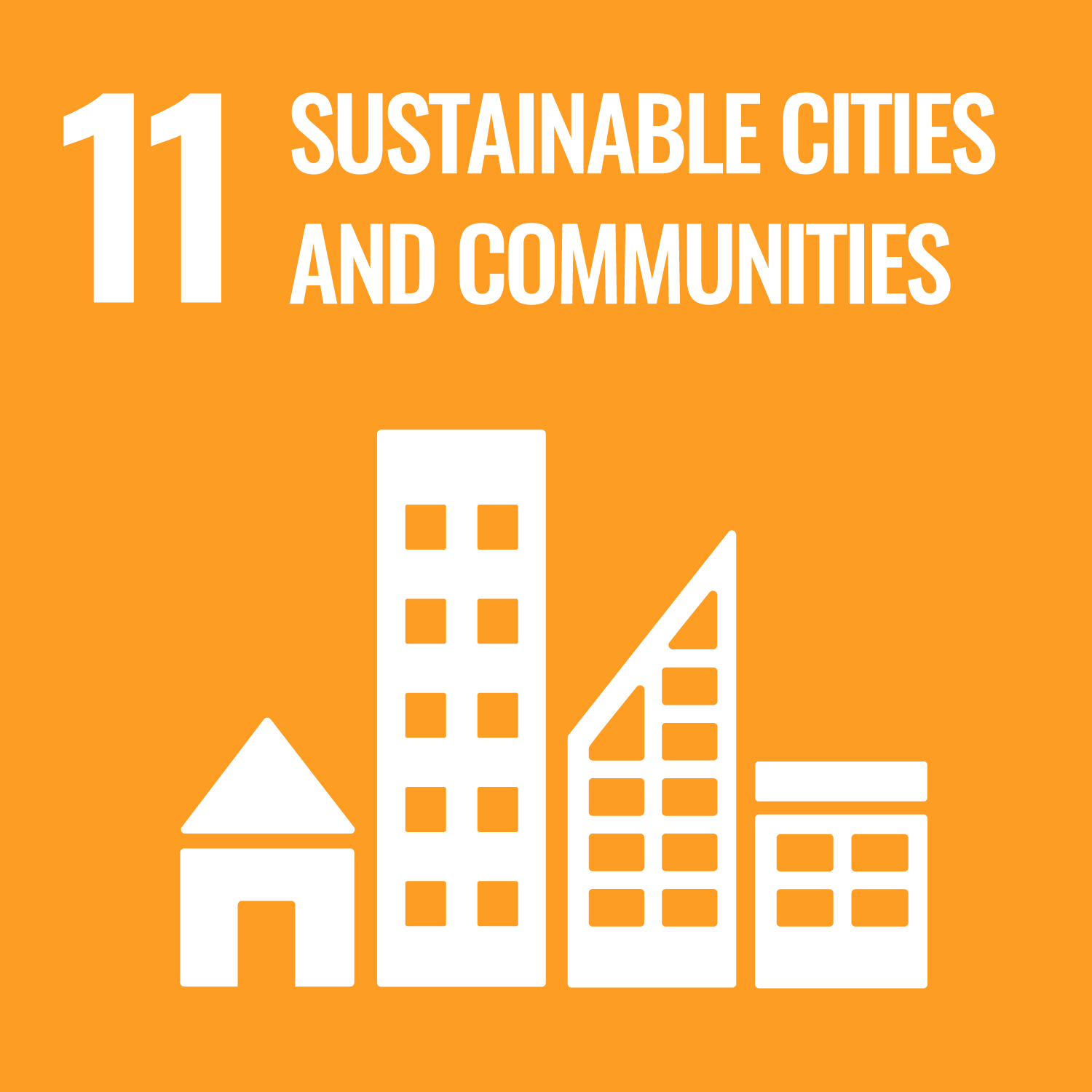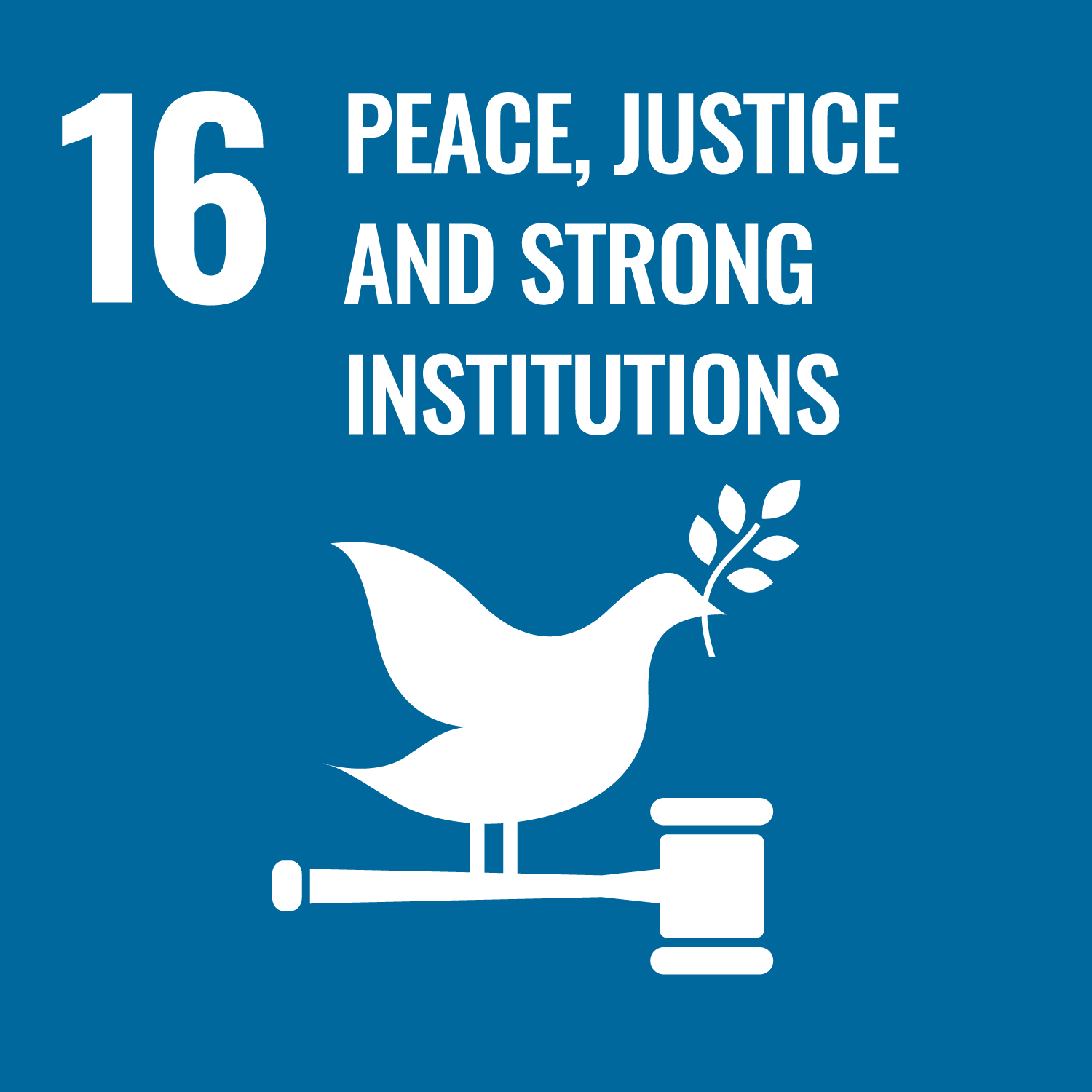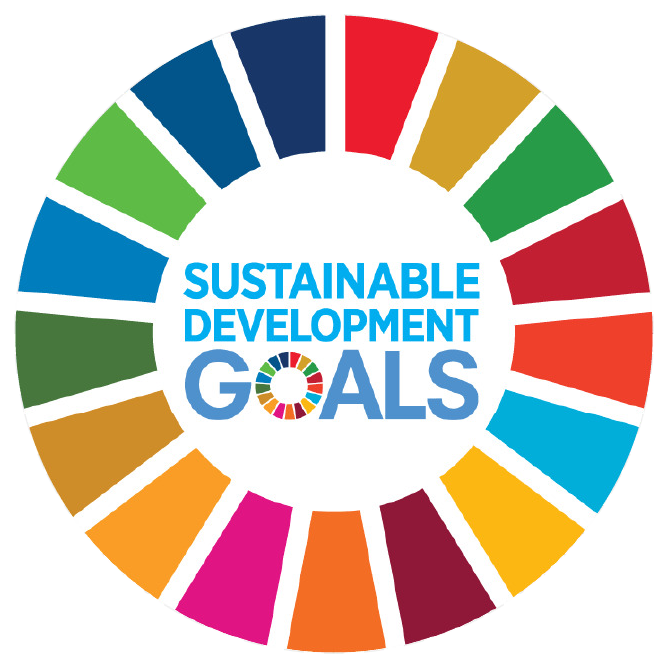Introduction
After more than 50 years of armed conflict, in 2016, Colombia’s government and FARC signed a peace agreement and initiated efforts to reincorporate thousands of ex-combatants into civil society. Some have opted for a collective reintegration process through the establishment of a housing cooperative “Ciudadelas de Paz” which is in the process of construction. The housing project involves 350 ex-combatants currently settled in so-called “temporary spaces for capacity building and reincorporation” (ETCR ) Tierra Grata and Pondores in northern Colombia. Since 2020, the ETH Zurich and the Universidad Nacional de Colombia have been supporting this initiative by establishing a School for Architecture for Reconciliation (with the participation of ENSAV). Bringing together ex-combatants, architecture students, housing scholars and representatives of victims to reflect on the role of housing cooperatives in peacebuilding and reconciliation, we identified challenges and opportunities of this pilot project, resulting in the development of a Technical Assistance Manual. This tool supports cooperatives self-building processes with ideas for design and construction of architectural details that can be locally produced and manufactured by the community. The proposed project will be the implementation of this Manual in the participatory design and construction of at least one communal building which will serve not only as a physical gathering space but also as a symbol of cooperative living.

i
Impact
Participating in the establishment of the housing cooperative Ciudadelas de Paz is not only an opportunity to support peace-building through the reintegration of ex-combatants, but can also lead to the development of a prototype for alternative and sustainable forms of affordable housing in a country and region with severe housing deficits. The project understands housing as a human right and as a vehicle to build inclusive, peaceful, and liveable environments. Although the community has advanced in the design of settlement plans and construction of model housing units, communal spaces are yet to be defined. This is an opportunity not only to respond to a need for spaces where the community can come together, but through the participatory design process reflect upon the principles of collective living within this particular community. The ex-combatant community is in the process of transitioning from a life in combat and of constant moving, to settling down in a collective housing project. This requires a redefinition of social structures and collective living principles which we hope to address in the participatory design and construction of at least one communal building. Furthermore the construction of this project will be an opportunity to implement, test and adjust the Technical Assistance Manual that may serve other communities interested in developing a mutual aid cooperative housing project.
Core team
This project is jointly developed by the community of Ciudadelas de Paz, ETH Centre for Research on Architecture, Society and the Built Environment (ETH CASE), the Universidad Nacional de Colombia (UNAL) and Urbamonde through a collaborative process that took place over the last 12 months. The team came together based on shared core values, long-term shared purposes, and complementarity of strengths. Ciudadelas de Paz is the pilot housing project of two grassroot cooperatives made up of 350 ex-combatants inspired by an exchange with the Uruguayan Federation of Mutual Aid Housing Cooperatives (FUCVAM). Although it has been advancing steadily in the procurement of land, development and approval of a settlement plan and construction of two model homes, it still requires substantive scientific and technical assistance to take off and scale up. ETH CASE is active in research, education and advisory services on socioeconomic, cultural and institutional aspects of housing and neighbourhood development, affordable housing, and housing cooperatives. National University of Colombia (UNAL) is the leading university and research institute on housing and urban issues in Colombia. UNAL’s Arts faculty is highly trained to carry out complex investigations in Colombia through its multiple locations and its extensive body of expert researchers. UrbaMonde is a Swiss NGO that supports vulnerable inhabitants who carry out community-led housing and neighbourhood improvement projects globally and since 2016 supports FUCVAM in the dissemination of the mutual aid housing model in Latin America.

i
Image gallery

i

Temporary settlements where currently ex-combatants are living
image: Daniela Sanjines |
 some rights reserved
some rights reservedi

Temporary settlements where currently ex-combatants are living
image: Daniela Sanjines |
 some rights reserved
some rights reservedi

Temporary settlements where currently ex-combatants are living
image: Daniela Sanjines |
 some rights reserved
some rights reservedi

Productive unit for the production of compact earth blocks
image: Daniela Sanjines |
 some rights reserved
some rights reservedi

i

Model house of Ciudadelas de Paz built by ex-combatants in Pondores in which they got to test the production units and identify challenges in the construction process.
image: Daniela Sanjines |
 some rights reserved
some rights reservedi

Model house of Ciudadelas de Paz built by ex-combatants in Tierra Grata in which they got to test the production units and identify challenges in the construction process.
image: Daniela Sanjines |
 some rights reserved
some rights reservedi

Fieldvisit to Tierra Grata and Pondores and setting up of the working group
image: Daniela Sanjines |
 some rights reserved
some rights reservedi

Students from ETH Zurich, Universidad Nacional de Colombia and Ecole nationale supérieure d'architecture de Versailles - ENSAV participated in the School of Architecture for Reconciliation where they built 1:1 architectural prototypes to be included in th
image: School of Architecture for Reconciliation |
 some rights reserved
some rights reservedi

Students from the School of Architecture for Reconciliation in dialogue with ex-combatants identified design and construction challenges and proposed ideas for the construction of architectural elements such as roofs, walls and windows. These were then te
image: School for Architecture for Reconciliation |
 some rights reserved
some rights reservedi

Students from the School of Architecture for Reconciliation in dialogue with ex-combatants identified design and construction challenges and proposed ideas for the construction of architectural elements such as roofs, walls and windows. These were then te
image: School of Architecture for Reconciliation |
 some rights reserved
some rights reservedi

Students from the School of Architecture for Reconciliation in dialogue with ex-combatants identified design and construction challenges and proposed ideas for the construction of architectural elements such as roofs, walls and windows. These were then te
image: School of Architecture for Reconciliation |
 some rights reserved
some rights reservedi

Ideas on the design of communal spaces between houses are also included in the Technical Assistance Manual
image: School of Architecture for Reconciliation |
 some rights reserved
some rights reservedi
 some rights reserved
some rights reserved some rights reserved
some rights reserved


















